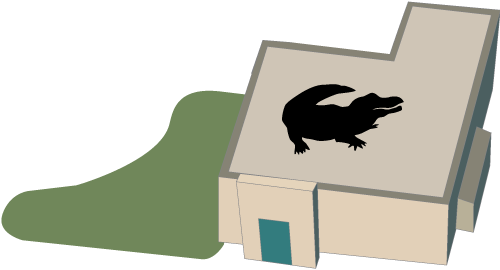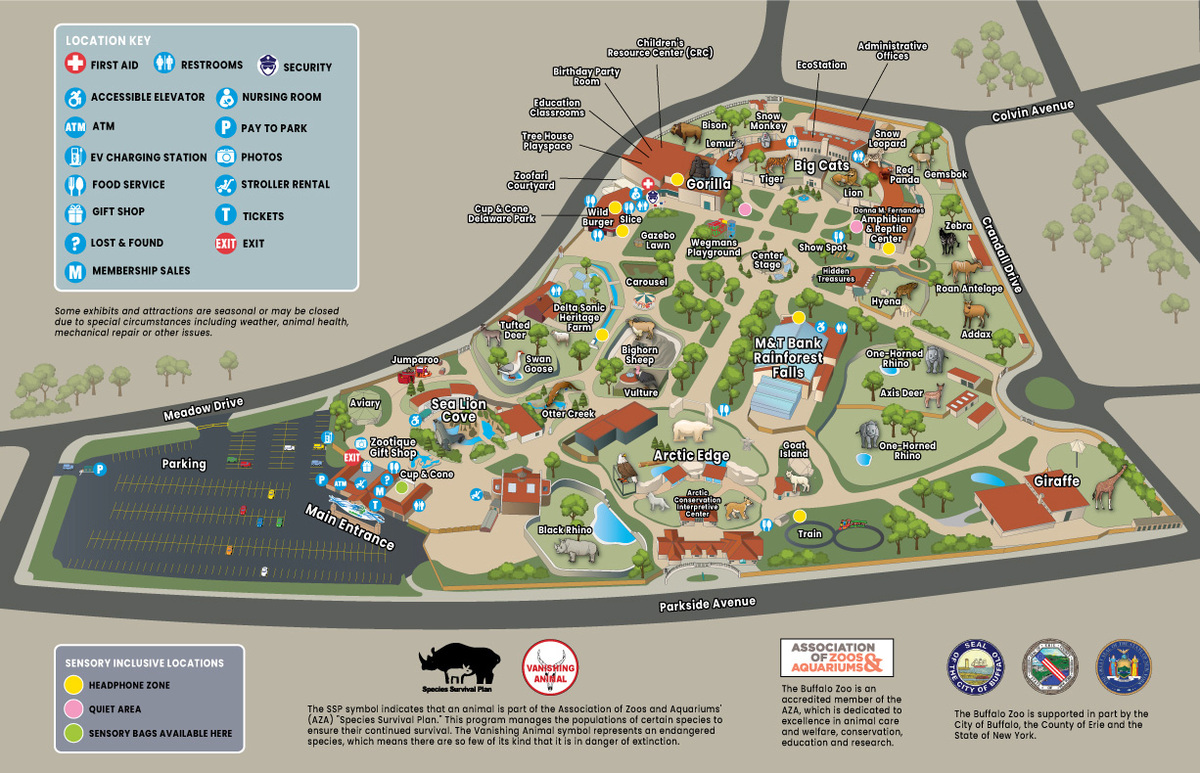Eastern Diamondback Rattlesnake
Crotalus Adamanteus
Scientific Name
Eastern Diamondback Rattlesnake:
Crotalus Adamanteus
Distribution and Habitat
Geographic Range
This rattler may be found in the coastal lowlands of southeastern United States, including North and South Carolina, Georgia, Florida and eastern Louisiana.
Natural Habitat
They occupy palmetto flat woods, pinelands and sand hills.
Physical Characteristics
-
The average length of this rattlesnake is between 2 ½ and six feet. Its triangular shaped head contains loosely connected jawbones so that is can swallow animals larger than its head. It has a heat sensory pit on each side of its head. Their tongue is forked and their eyes have vertical irises. It can readily be identified by its diamond shaped coloration pattern which is dark brown or black. The outlining row contains cream-colored or yellowish scales.
Quick Facts
-
Eastern diamondback rattlesnakes will share the gopher tortoise’s burrow for shelter.
-
It is a large, venomous, impressive and potentially dangerous snake.
-
It can strike up to 2/3 of its body length.




